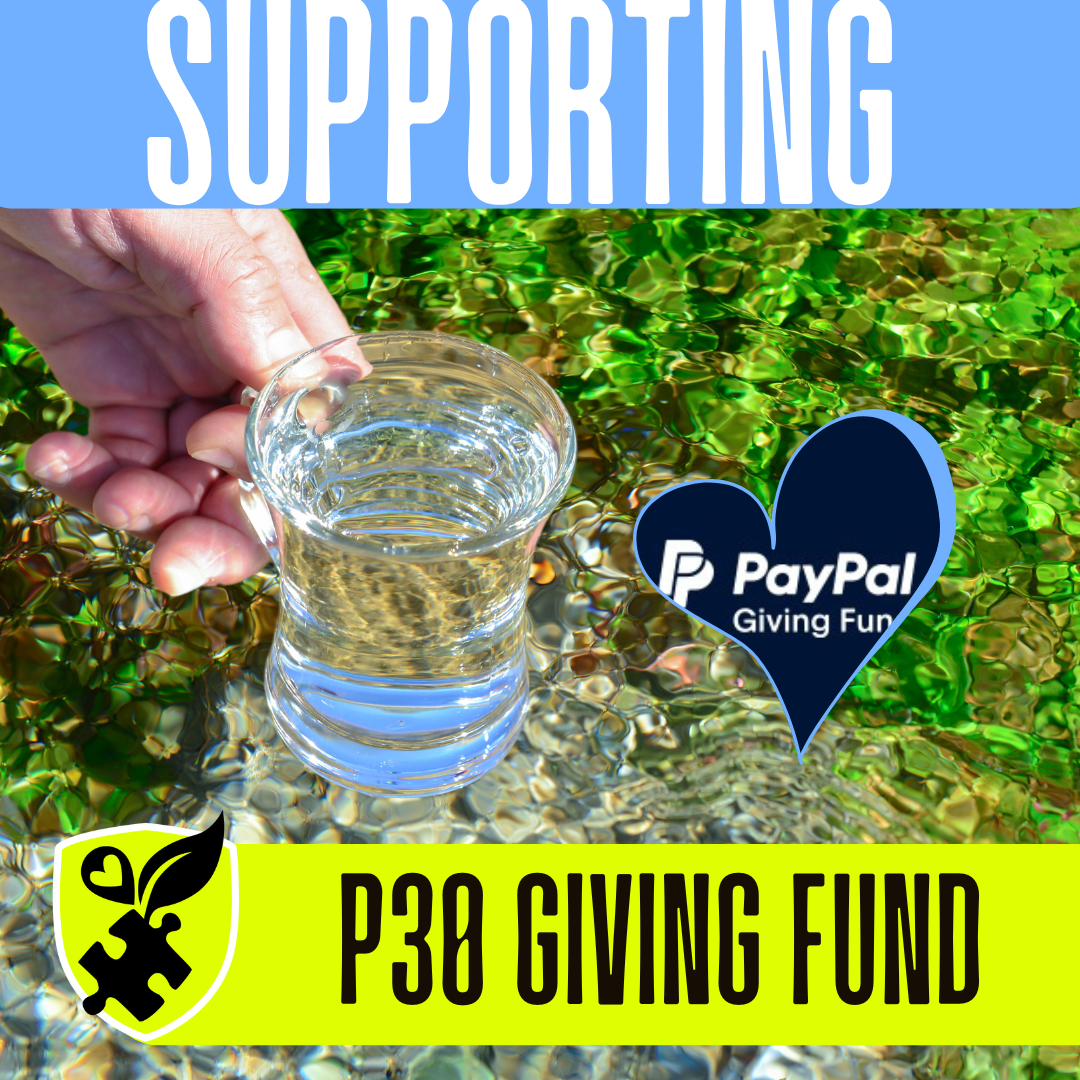Land Protection in Numbers: Comprehensive Value is Indisputable
1
Ecosystem Integrity: Land protection maintains entire ecosystems as a unified, interconnected "1" system, unlike carbon credits' singular focus on tree planting. (Source: IPBES Global Assessment Report)
17
SDG Alignment: Land protection directly supports all "17" UN Sustainable Development Goals, addressing a broad spectrum of sustainability, while carbon credits primarily target SDG 13 (Climate Action). (Source: TEEB Synthesis Report)
30
Water Purification: Protected lands naturally filter water, achieving up to "30%" improvement in water quality by reducing pollutants and sedimentation, a benefit not guaranteed by carbon credits. (Source: UNESCO World Water Development Report)
4
Soil Carbon Storage: Land protection enhances soil carbon storage by up to "4" times compared to degraded lands, storing carbon long-term, unlike carbon credits' focus on above-ground biomass. (Source: FAO State of Land and Water Resources)
100
Resilience Building: Protected ecosystems enhance resilience to climate change by up to "100%", providing a buffer against extreme weather events and ecological disruptions, a benefit carbon credits alone cannot provide. (Source: IPCC Special Report on Climate Change and Land)
0
Habitat Preservation: Land protection aims for "0" habitat loss, preventing biodiversity decline, while carbon credits may not directly address habitat preservation. (Source: CBD Global Biodiversity Outlook)
500
Community Benefits: Protected areas support local economies and cultural preservation, providing benefits up to "500%" more than carbon revenue alone, including tourism and traditional livelihoods. (Source: UNESCO Culture and Sustainable Development Report)
90
Pollinator Habitats: Land protection sustains pollinator habitats, supporting up to "90%" of wild pollinator species crucial for food security, a benefit carbon credits do not directly address. (Source: IPBES Pollinators Assessment)
2
Long-Term Stability: Protected lands offer up to "2" times greater long-term ecosystem stability compared to areas affected by temporary carbon credit projects. (Source: Science Advances, Ecosystem Service Durability)
1000
Indigenous Knowledge: Land protection preserves Indigenous knowledge, valued up to "1000" times more than carbon market values, including traditional land management and biodiversity conservation. (Source: UNPFII Reports)
60
Over-Issuance: Reports suggest that up to "60%" of certain carbon credits are over-issued, meaning they don't represent real carbon reductions, creating artificial supply and enabling speculative trading. (Source: Carbon Market Watch Analysis)
10
Layered Trading: Some carbon credit trades involve up to "10" layers of intermediaries, inflating prices and obscuring the actual value of the underlying credits, making manipulation easier. (Source: Research from Bloomberg Green)
300
Price Volatility: Daily price swings in some carbon credit markets can exceed "300%", driven by speculative trading and lack of transparency, leading to market instability and potential for manipulation. (Source: Analysis from the World Bank Carbon Pricing Dashboard)
20
Regulatory Loopholes: As much as "20%" of carbon credit transactions occur in unregulated or poorly regulated markets, creating opportunities for manipulation and fraud. (Source: International Organization of Securities Commissions (IOSCO) Reports)
50
Corporate Offsetting Claims: Up to "50%" of corporate carbon offsetting claims are based on questionable or unverifiable credits, allowing companies to greenwash their image without genuine emissions reductions. (Source: Corporate Accountability Reports)
Bibliography
- IPBES. (2019). Global assessment report on biodiversity and ecosystem services. IPBES Secretariat.
- TEEB. (2010). The Economics of Ecosystems and Biodiversity: Mainstreaming the Economics of Nature. Progress Press.
- UNESCO. (2021). The United Nations World Water Development Report 2021: Valuing Water. UNESCO.
- FAO. (2011). The State of the World’s Land and Water Resources for Food and Agriculture (SOLAW). Food and Agriculture Organization of the United Nations.
- IPCC. (2019). Special Report on Climate Change and Land. Intergovernmental Panel on Climate Change.
- CBD. (2020). Global Biodiversity Outlook 5. Secretariat of the Convention on Biological Diversity.
- UNESCO. (2019). Culture: at the heart of sustainable development. UNESCO.
- IPBES. (2016). The assessment report of the Intergovernmental Science-Policy Platform on Biodiversity and Ecosystem Services on pollinators, pollination and food production. IPBES Secretariat.
- Science Advances. (2020). Ecosystem service durability and the challenge of environmental compensation.
- UNPFII. (Ongoing). Reports. United Nations Permanent Forum on Indigenous Issues.
- Carbon Market Watch Analysis. (Ongoing). Over-Issuance in Carbon Markets.
- Bloomberg Green. (Ongoing). Carbon Credit Trading Analysis.
- World Bank Carbon Pricing Dashboard. (Ongoing). Carbon Market Data.
- International Organization of Securities Commissions (IOSCO). (Ongoing). Carbon Market Regulation.
- Corporate Accountability Reports. (Ongoing). Corporate Climate Claims.



















